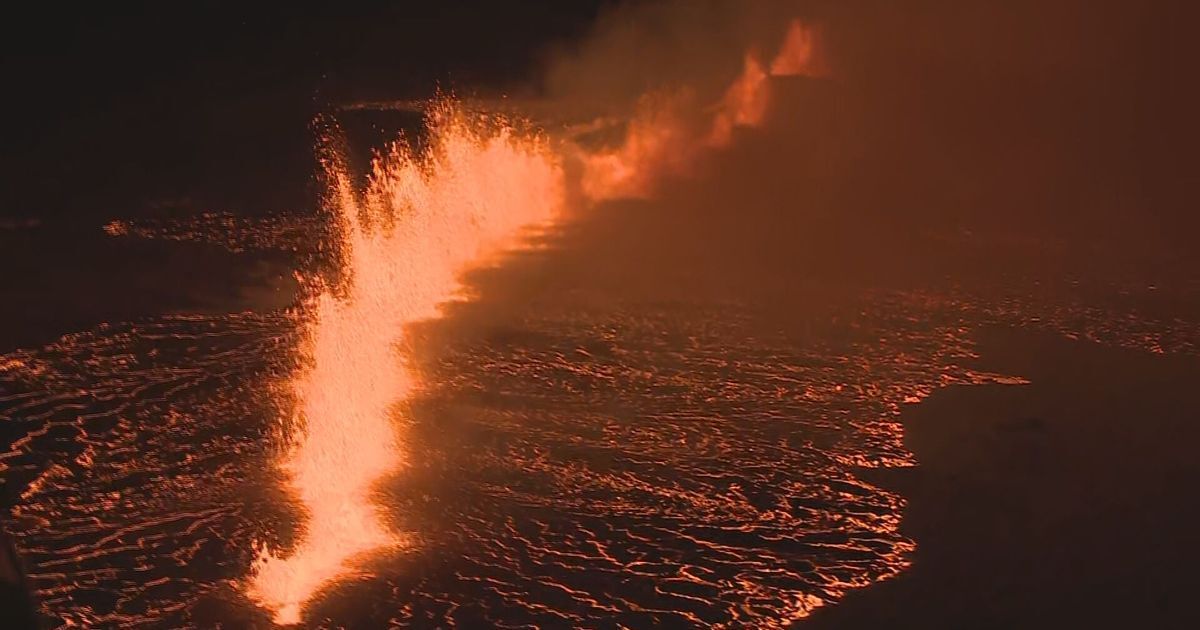One thing I miss from reddit is those people who’d come in and explain everything, like that Earthquake person.
Here is an alternative Piped link(s):
Piped is a privacy-respecting open-source alternative frontend to YouTube.
I’m open-source; check me out at GitHub.
You have either
plutonicorbasalticvolcanoes. This is a quietplutonicone : it’s lava flows without explosions, so, there could be much worse scenarios. But still, it is a big one.
Edit : My use of “plutonic” might be outdated or wrong : I think this is the old way it was described, but today, I cannot find a reference to support it.It’s all about how much silica is in the lava - not much and you have basalt, fairly runny so the gas escapes and you get fire fountaining and lava flows. More silica gives you very viscous lava like rhyolite or andesite - traps the gases, far more explosive and dangerous eruption styles.
You are right
…and my use of “plutonic” is either outdated or plainly wrong.
I found this for anyone who wants to read more :
https://en.m.wikipedia.org/wiki/Lava
“Properties of lava”Because of the role of silica in determining viscosity and because many other properties of a lava (such as its temperature) are observed to correlate with silica content, silicate lavas are divided into four chemical types based on silica content:
felsic,
intermediate,
mafic, and
ultramafic.
is that the one they were waiting for or a different one?
This is the one they were waiting for. There are several live cams trained on the area, and one of them caught the exact moment it erupted:
Here is an alternative Piped link(s):
https://piped.video/QcxaqCIon_Y?si=oLk4o29hIaSrv4WF
Piped is a privacy-respecting open-source alternative frontend to YouTube.
I’m open-source; check me out at GitHub.
Thank you for the link! That was deeply satisfying to watch. The camera quality is so good.
I’d love to see that in person. It looks massive.
Seems to be the same as it started near Grindavík, the city that was evacuated previously as a precaution.
Wake me up when it is Odin pursing some Ice Giants







